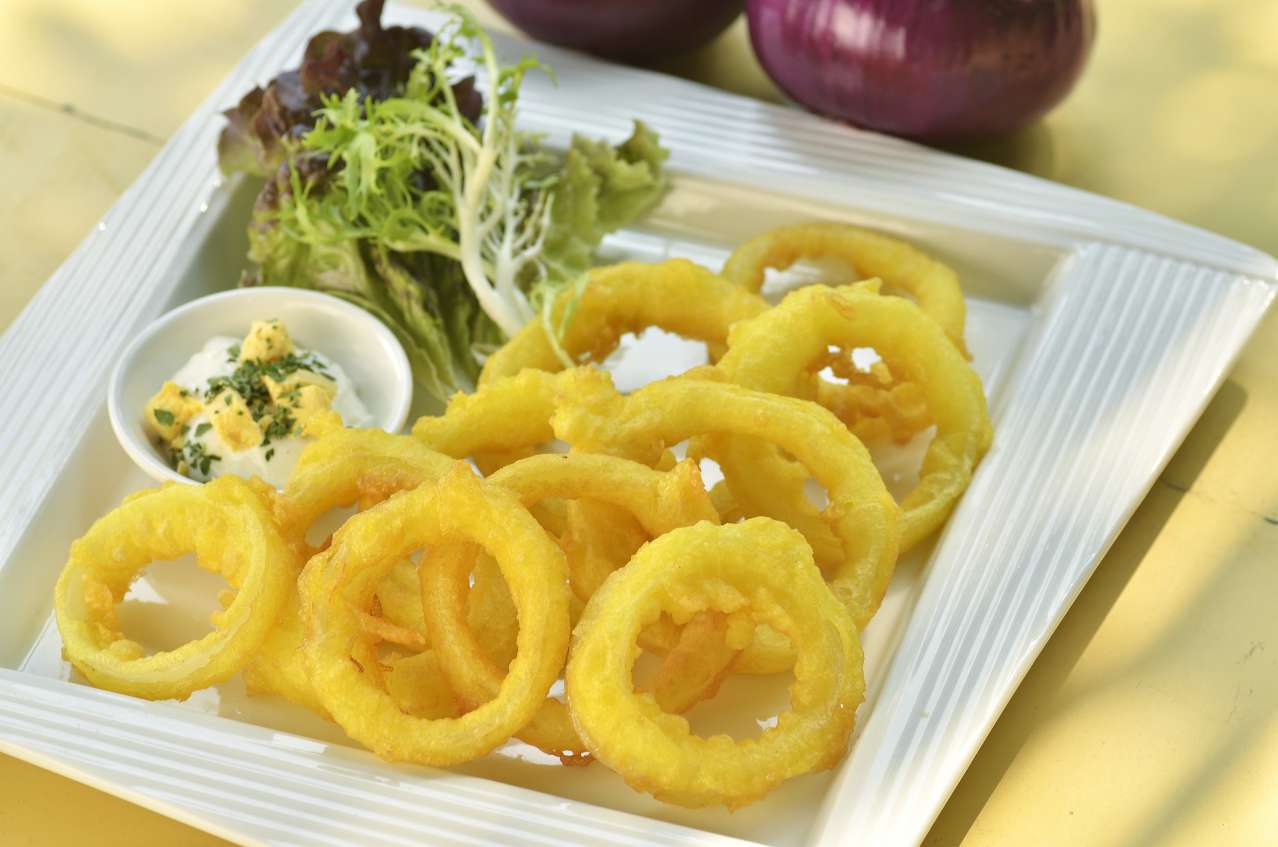Squid: Health Benefits
The taste of squid varies from soft protein to slightly rubbery.
The texture of the meat is tender and juicy. When cooked over medium heat, squid tastes similar to shrimp and lobster.
When digested, they become elastic and tasteless.
What are the health benefits of squid
It contains a lot of protein, vitamins B6, PP, E, C, and polyunsaturated fats, which are important for a balanced human diet.
In addition, squid is rich in microelements (phosphorus, iron, copper, iodine), it contains a lot of potassium, which is so necessary for heart health.

White squid meat does not contain cholesterol.
Taurine, contained in squid meat, normalizes cholesterol levels in the blood and participates in lipid metabolism.
The product is useful for improving the activity of the heart muscle and memory; it is recommended to be included in the diet of elderly people to maintain vitality.
What you can't eat in squid
You will see a head, a body with fins and tentacles, or legs.
Therefore, you can’t eat the head, but you can eat everything else.
How long should you cook squid
Like many other seafood, squid does not tolerate heat treatment well.
If you cook the shellfish for a long time, the meat will be tough, like a rubber sole.
The main secret to cooking squid is not to overcook it.
To cook squid in a pan, bring the water in the pan to a boil, add the thawed cleaned squid, bring to a boil again, cook for ~40 seconds and remove with a slotted spoon.


